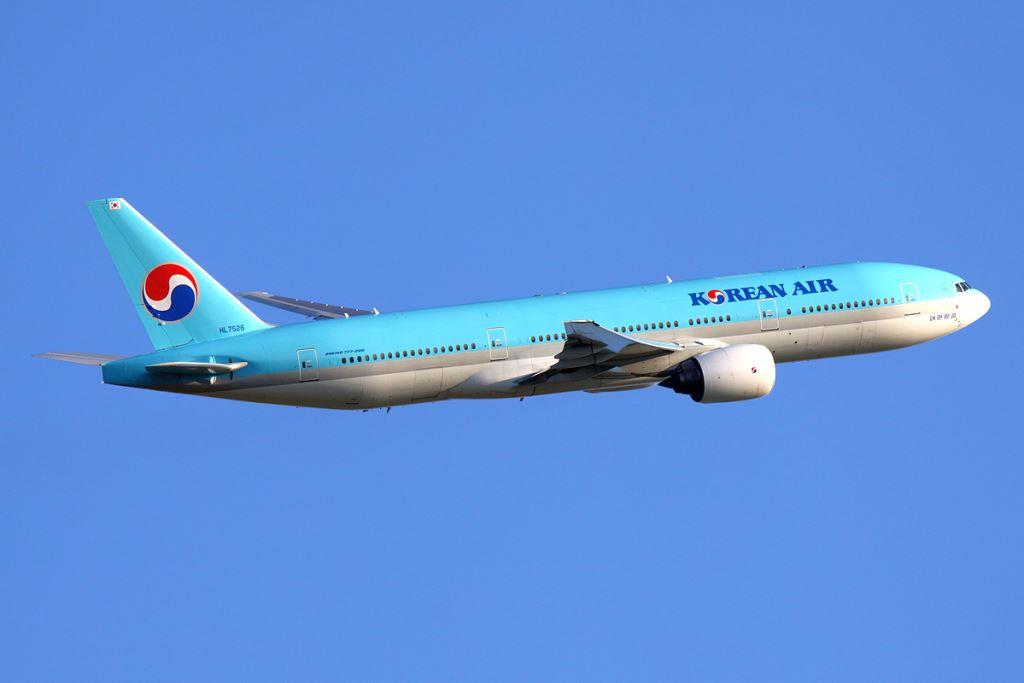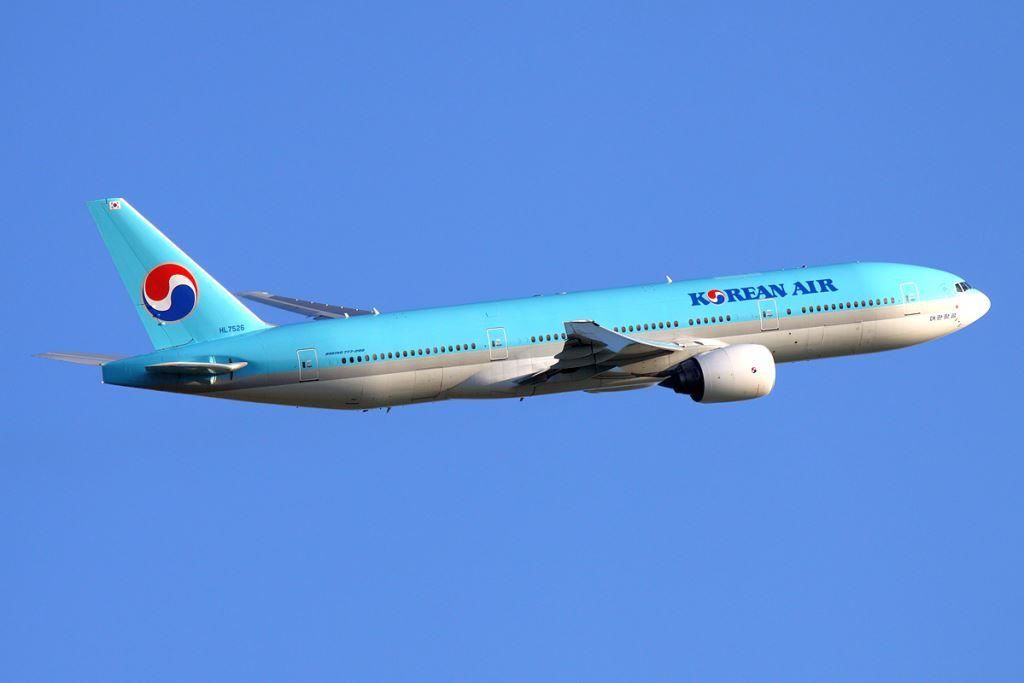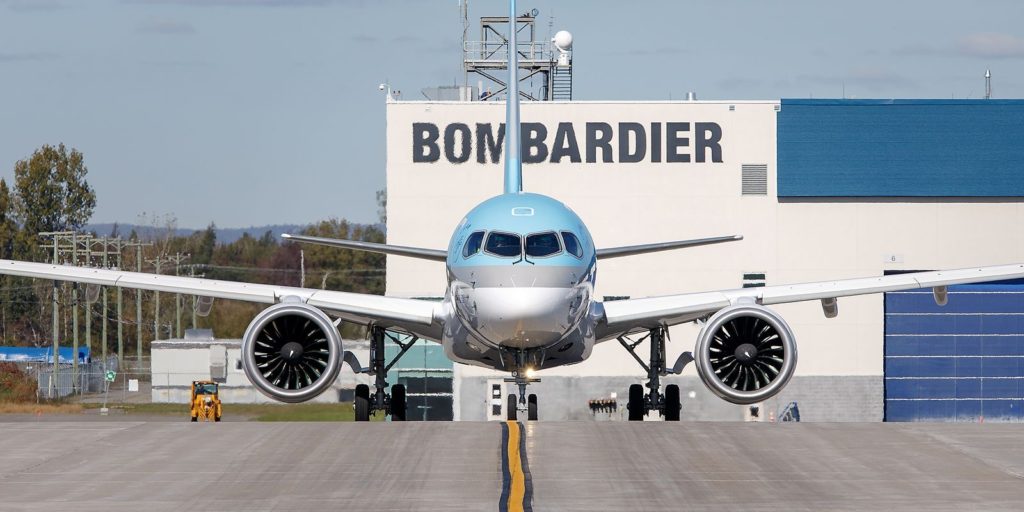Korean Air has officially finalized its acquisition of Asiana Airlines, nearly four years after announcing the decision on November 16, 2020. This landmark transaction significantly reshapes South Korea’s aviation landscape, consolidating two of its largest carriers under one umbrella.
Key Details of the Acquisition
On December 12, Korean Air acquired 131,578,947 newly issued shares of Asiana Airlines, representing a 63.88% ownership stake. This transaction effectively makes Asiana Airlines a subsidiary of Korean Air. The acquisition was concluded following the payment of KRW 800 billion to Asiana Airlines on December 11, completing the share purchase agreement.
The total investment in this transaction amounts to KRW 1.5 trillion, including a KRW 300 billion deposit and a KRW 400 billion interim payment made prior to the final settlement.
Next Steps: Governance and Integration
As part of the integration process, Asiana Airlines will hold an extraordinary general meeting of shareholders on January 16, 2024, to appoint new board directors nominated by Korean Air. Korean Air has announced its plan to complete the integration within two years, with a comprehensive strategy that includes:
- Network Optimization: Diversified flight schedules on overlapping routes to improve efficiency and customer options.
- Service Expansion: Introduction of new destinations and enhanced safety investments to elevate service quality.
- Hub Strengthening: Enhancements to Incheon Airport’s role as a key global aviation hub.
Employee-Centric Approach
The integration will proceed without workforce restructuring. Instead, Korean Air plans to accommodate overlapping roles through reassignment within the expanded organization. Natural staff growth is anticipated as business operations expand, ensuring job security for employees.
Frequent Flyer Program Integration
Korean Air will submit the integrated frequent flyer program framework to the Korea Fair Trade Commission by June 2025. Details of the combined program will be communicated to customers after the regulatory review.





